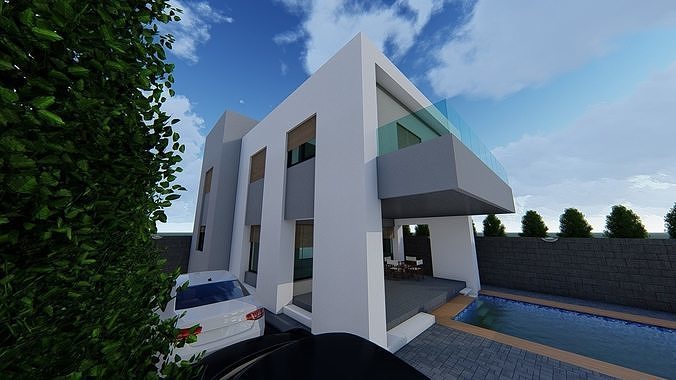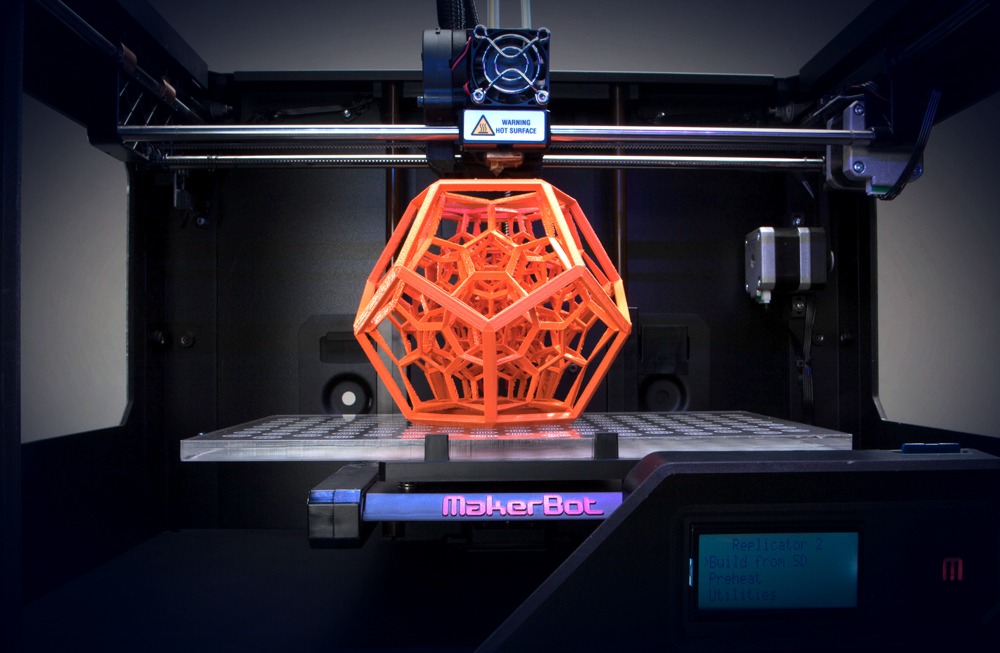3D Modelling
A 3D model is a mathematical representation of something three-dimensional. 3D models are used to portray real-world and conceptual visuals for art, entertainment, simulation and drafting and are integral to many different industries, including virtual reality, video games, 3D printing, marketing, TV and motion pictures, scientific and medical imaging and computer-aided design and manufacturing CAD/CAM. Some 3D models are constructed from NURBS (non-uniform rational b-spline), smooth shapes defined by bezel curves, which are relatively computationally complex. The typical base of a the model is a 3D mesh; the structural build consists of polygons. When models are created for animation, they require careful construction because the polygon layout can create issues in unusual deformations. The models also require the construction of a skeleton and the painting of weights, which define the texture and polygon deformation of the model under movement.


Interior, exterior and walk through
Architecture design philosophy is all about simplicity and creativity which results in a strong impression. A good mix of Form and Function. Architecture and Interiors that mesmerizes all visions, and encourages people to witness it. Our team of experts dedicated to provide effective space solutions to you. The design page gives you a detailed design layout for your dream home or commercial office space. Keeping in mind the requirements of residential or commercial working space, our designers have included all basic elements of space in the layouts.
3D Printing
3D printing, or additive manufacturing, is the construction of a three-dimensional object from a CAD model or a digital 3D model. The term "3D printing" can refer to a variety of processes in which material is deposited, joined or solidified under computer control to create a three-dimensional object, with material being added together (such as plastics, liquids or powder grains being fused together), typically layer by layer. In the 1980s, 3D printing techniques were considered suitable only for the production of functional or aesthetic prototypes, and a more appropriate term for it at the time was rapid prototyping. As of 2019, the precision, repeatability, and material range of 3D printing have increased to the point that some 3D printing processes are considered viable as an industrial-production technology, whereby the term additive manufacturing can be used synonymously with 3D printing. One of the key advantages of 3D printing is the ability to produce very complex shapes or geometries that would be otherwise impossible to construct by hand, including hollow parts or parts with internal truss structures to reduce weight.


Project Management
Project management is the process of leading the work of a team to achieve all project goals within the given constraints. This information is usually described in project documentation, created at the beginning of the development process. The primary constraints are scope, time, and budget. The secondary challenge is to optimize the allocation of necessary inputs and apply them to meet pre-defined objectives. The objective of project management is to produce a complete project which complies with the client's objectives. In many cases the objective of project management is also to shape or reform the client's brief to feasibly address the client's objectives. Once the client's objectives are clearly established they should influence all decisions made by other people involved in the project – for example project managers, designers, contractors and sub-contractors. Ill-defined or too tightly prescribed project management objectives are detrimental to decision making.
Catering
The industry began to professionalize under the reigns of Robert Bogle who is recognized as "the originator of catering." By 1840, the second generation of Philadelphia black caterers formed, who began to combine their catering businesses with restaurants they owned. Common usage of the word "caterer" came about in the 1880s at which point local directories began listing numerous caterers. White businessmen eventually moved into the industry and by the 1930s, the black businesses had virtually disappeared. In the 1930s, the Soviet Union, creating more simple menus, began developing state public catering establishments as part of its collectivization policies. A rationing system was implemented during World War II, and people became used to public catering. After the Second World War, many businessmen embraced catering as an alternative way of staying in business after the war. By the 1960s, the home-made food was overtaken by eating in public catering establishments.


Photography
Photography is the art, application, and practice of creating durable images by recording light, either electronically by means of an image sensor, or chemically by means of a light-sensitive material such as photographic film. It is employed in many fields of science, manufacturing (e.g., photolithography), and business, as well as its more direct uses for art, film and video production, recreational purposes, hobby, and mass communication. Typically, a lens is used to focus the light reflected or emitted from objects into a real image on the light-sensitive surface inside a camera during a timed exposure. With an electronic image sensor, this produces an electrical charge at each pixel, which is electronically processed and stored in a digital image file for subsequent display or processing. The result with photographic emulsion is an invisible latent image, which is later chemically "developed" into a visible image, either negative or positive, depending on the purpose of the photographic material and the method of processing.
Event Management
Event management is the application of project management to the creation and development of small and/or large-scale personal or corporate events such as festivals, conferences, ceremonies, weddings, formal parties, concerts, or conventions. It involves studying the brand, identifying its target audience, devising the event concept, and coordinating the technical aspects before actually launching the event. The events industry now includes events of all sizes from the Olympics down to business breakfast meetings. Many industries, celebrities, charitable organizations, and interest groups hold events in order to market their label, build business relationships, raise money, or celebrate achievement. The process of planning and coordinating the event is usually referred to as event planning and which can include budgeting, scheduling, site selection, acquiring necessary permits, coordinating transportation and parking, arranging for speakers or entertainers, arranging decor, event security, catering, coordinating with third-party vendors, and emergency plans. Each event is different in its nature so process of planning and execution of each event differs on basis of the type of event.
